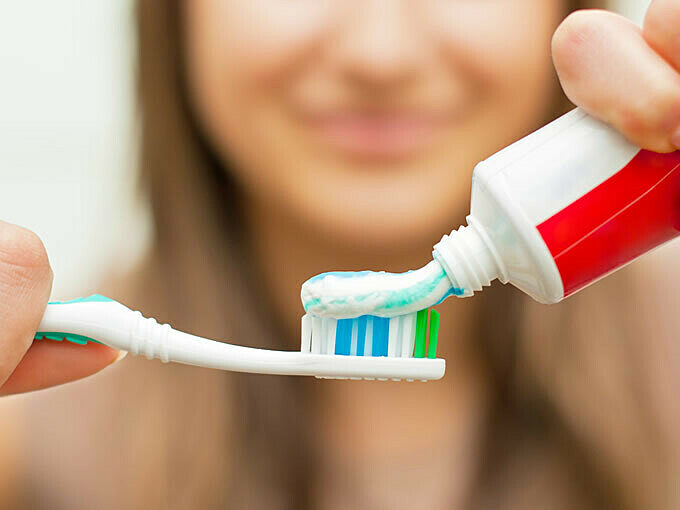Lucideon & GSK Consumer Healthcare Compare the Effects of Different Toothpastes on Teeth
Low abrasion in toothpaste is an important consideration for patients with dentine hypersensitivity and gum inflammation, but not all toothpastes are designed for both dentine hypersensitivity relief and gum health benefits.

The challenge
GSK Consumer Healthcare wanted to compare the effect of two toothpaste formulations containing stannous fluoride (GSK’s Sensodyne Sensitivity and Gum, and another marketed product) in terms of dentine tissue loss. This would require a novel in-vitro method to compare their protection effects on human dentine surfaces, consequently helping to improve gum health.
What we delivered
Human dentine specimens (partially masked to provide baseline reference points when measuring bulk tissue loss) were brushed for 2 minutes with the different formulations.
Lucideon then utilised a high-resolution surface topography method to measure the dentine tissue loss and surface roughness using in-house techniques – namely White Light Interferometry.
Surface roughness values (Sa) from dentine treated with the Sensodyne product showed less surface roughness after brushing compared to the competitor product. Measurement of step heights between reference and treated areas showed the dentine tissue loss trends mirrored surface roughness findings, indicating that the GSK product preserved more dentine.
Value to the client
This in-vitro study was able to evaluate and clearly differentiate the performances of two toothpaste formulations, providing both numerical values for comparison and 3D imaging of the surface of the human dentine samples.
The study highlights the importance of considering other aspects of toothpaste formulations, beyond actives, for optimal overall performance and better oral health.
